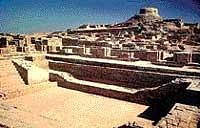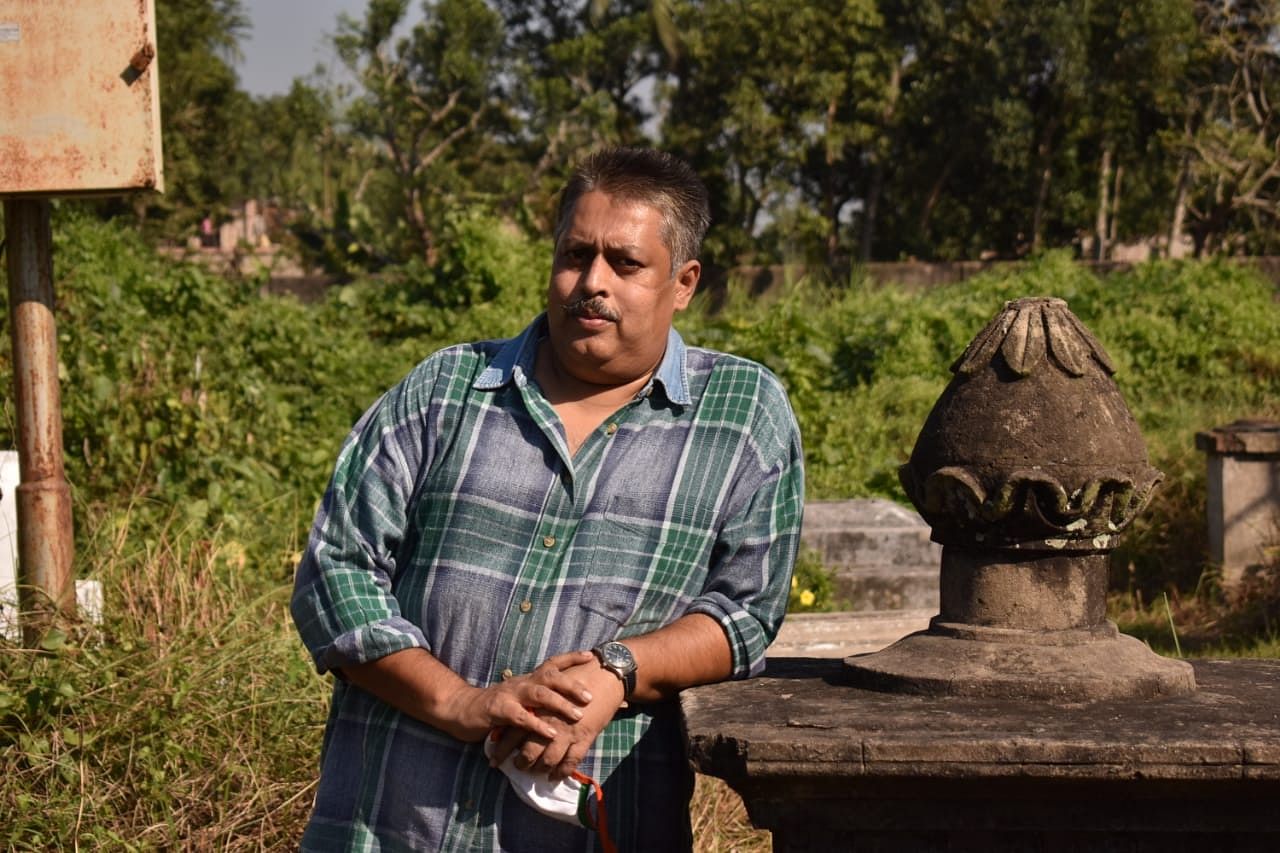

When the civilisation – larger than Nile and Tigris-Euphrates society put together – collapsed, it did not follow a uniform pattern. Neither was there a single underlying cause like the Aryan invasion.
A complex web of causative factors ranging from collapse of the drainage systems in big cities leading to people’s migration of other urban pockets and disruption of trade links coupled with environmental catastrophe may have trigger the fall of one of the world’s greatest pre-historic civilisations.
According to a report published in the Current Science journal, scientists identified Baluchistan, Gujarat and Ghaggar-Hakra valley (Punjab) as the three central locations in the Indus valley civilisation.
The civilisation’s rise and decline are dated to 2600 BC and 1900 BC respectively.
The decline started in Ghaggar-Hakra region followed by a large scale collapse in the lower Indus basin (Baluchistan). However, Gujarat was the most resilient one that delayed the decline for a long time and perished at the end.
Using computer-aided tools, researchers from Mumbai-based Tata Institute of Fundamental Research and Centre for Excellence in Basic Sciences, and Institute of Mathematical Sciences in Chennai traced growth and development of the Neolithic age sites, many of which later evolved into urban locations in the Harappan civilisation.
By around 4000 BC, a new cluster arose in Gujarat near Jamnagar. Rapid growth took place for the next 300 years and by 3700 BC a large constellation appeared along the Ghaggar-Hakra river.
In the next 500 years, the settlement spread southwards to the lower Indus plains and northwards to the headwaters of Ghaggar-Hakra river. By 2500 BC, a dense distribution of more than 700 sites is found along the Indus, Ghaggar-Hakra and Gujarat.
“There are many plausible explanations about the rise and decline of the Indus Valley civilisation without looking at the large scale pattern,” principal investigator Ronojoy Adhikari from the Chennai-institute told Deccan Herald.
But more research is required before the missing jigsaw puzzle are put in place.
Deccan Herald is on WhatsApp Channels| Join now for Breaking News & Editor's Picks
